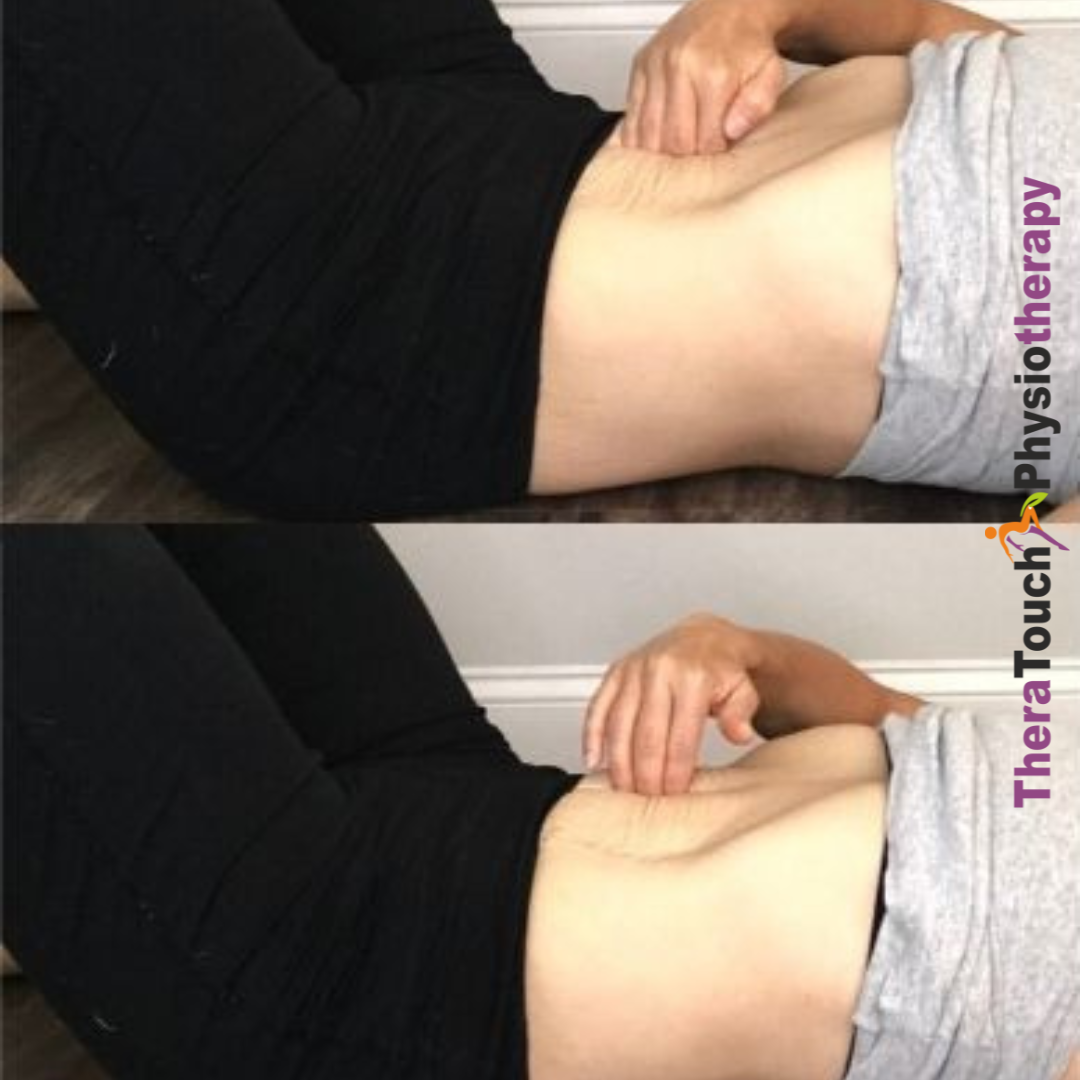What is diastasis recti and how can I treat it?
Every July around the world, we focus on Diastasis Awareness Month to shed light on diastasis recti, a condition where the abdominal muscles separate due to various factors. Often caused by pregnancy or significant weight gain, this separation leads to a protruding belly, lower back pain, and weakened core strength. These symptoms can disrupt daily activities and affect your overall well-being.
Recognizing the Symptoms
Catching diastasis recti early is vital for effective treatment. We all know early detection saves lives. Getting an early diagnosis from a healthcare professional, like a pelvic health physiotherapist, can lead to better outcomes and quicker recovery. These are some of the widely known symptoms;
Abdominal Bulge: This is the notice of a bulge or ridge running down your midline, especially when straining your muscles.
Lower Back Pain: Having a persistent lower back discomfort might indicate a weakened core this is normally associated with diastasis recti.
Difficulty with Core Exercises: Struggling with core-strengthening exercises can also be a red flag.
Steps to Manage and Heal Diastasis Recti
Taking proactive steps when diagnosed can make a big difference in managing diastasis recti. Here’s how to you can do this:
Educate Yourself: Understand diastasis recti by learning about its causes, symptoms, and treatments. Knowledge equips you to make informed decisions about your care.
Work with a Pelvic health physiotherapist: A pelvic health physiotherapist will design a personalized exercise plan to strengthen your core without worsening the separation.
Avoid High-Pressure Activities: Make sure to steer clear of heavy lifting and intense core exercises that increase abdominal pressure and could make the separation worse.
Maintain Good Posture: Having good posture reduces strain on your abdominal muscles and supports healing. Pay attention to your alignment throughout the day.
Wear Supportive Garments: Using an abdominal binder or support band can provide much-needed stability and comfort during recovery.
The Vital Role of Pelvic health physiotherapist
Pelvic health physiotherapist is essential for treating diastasis recti as they are expect on all matters pelvic floor dysfunction. Pelvic health physiotherapist focus on:
Core Strengthening: Participating in gentle exercises like pelvic tilts, modified planks, and deep abdominal breathing help you rebuild core strength.
Improving Posture: Pelvic health physiotherapists will teach you how to maintain proper alignment, which reduces stress on your abdomen and alleviates pain.
Gentle Recovery Exercises: Practicing safe exercises encourage muscle recovery without adding stress. These techniques gradually help bring your muscles back together.
Raising Awareness
Spreading awareness about diastasis recti is crucial. Many people don’t know about this condition or its impact. By using social media, hosting community workshops, and partnering with healthcare providers, we can educate the public and clear up misconceptions. Increased awareness leads to earlier diagnoses and better treatment options, improving many lives.
Supporting Those Affected
Supporting those with diastasis recti makes a huge difference. Here’s how you can help:
Share Information: You can provide accurate details about symptoms, treatment options, and recovery strategies.
Offer Emotional Support: Encourage open conversations among your friends and community to reduce stigma and isolation. Listening and offering empathy can be incredibly helpful. Let people know you are always there for them.
Join Support Groups: Connecting with others who share similar experiences provides valuable advice and encouragement. Misery loves company and so does people. Form a support group if you can.
Celebrating Strength and Recovery
Diastasis Recti Awareness Month is a time to celebrate the strength and resilience of those affected. Their recovery journeys inspire us all. By raising awareness, offering support, and advocating for better care, we can positively impact many lives.
Let’s use this month to educate, support, and inspire action towards a world where diastasis recti is well-understood and effectively treated. Together, we can ensure that diastasis recti no longer hinders anyone from living a healthy, active life. Spread love and kindness whenever you get a chance.

